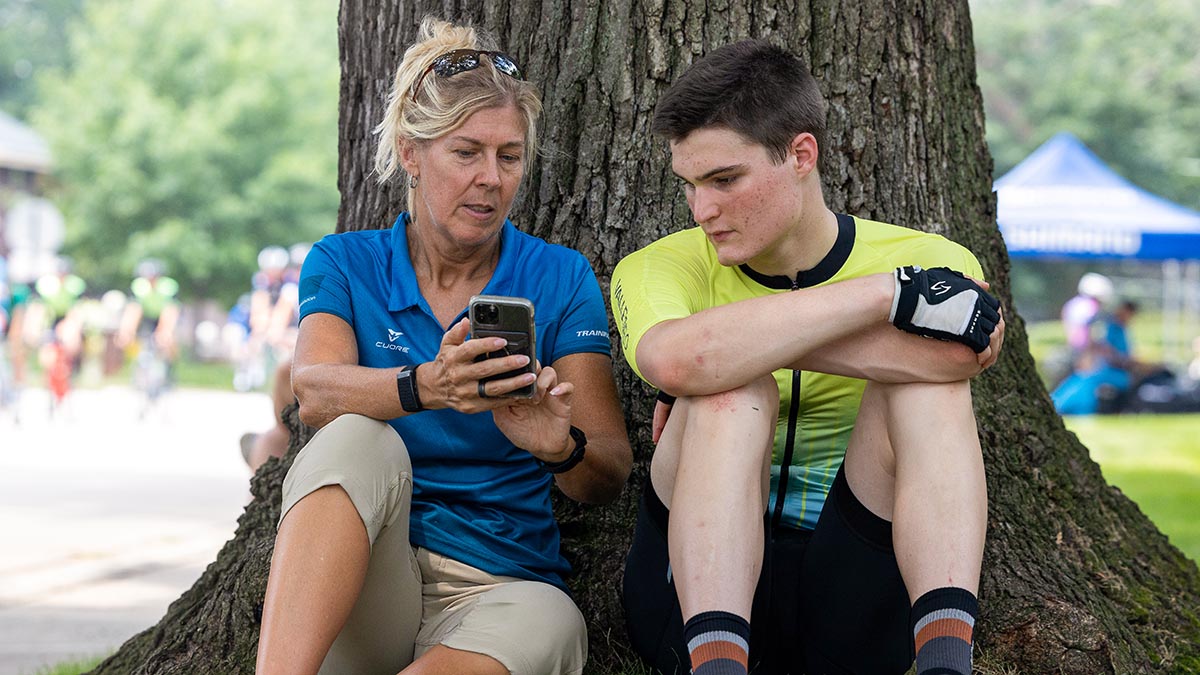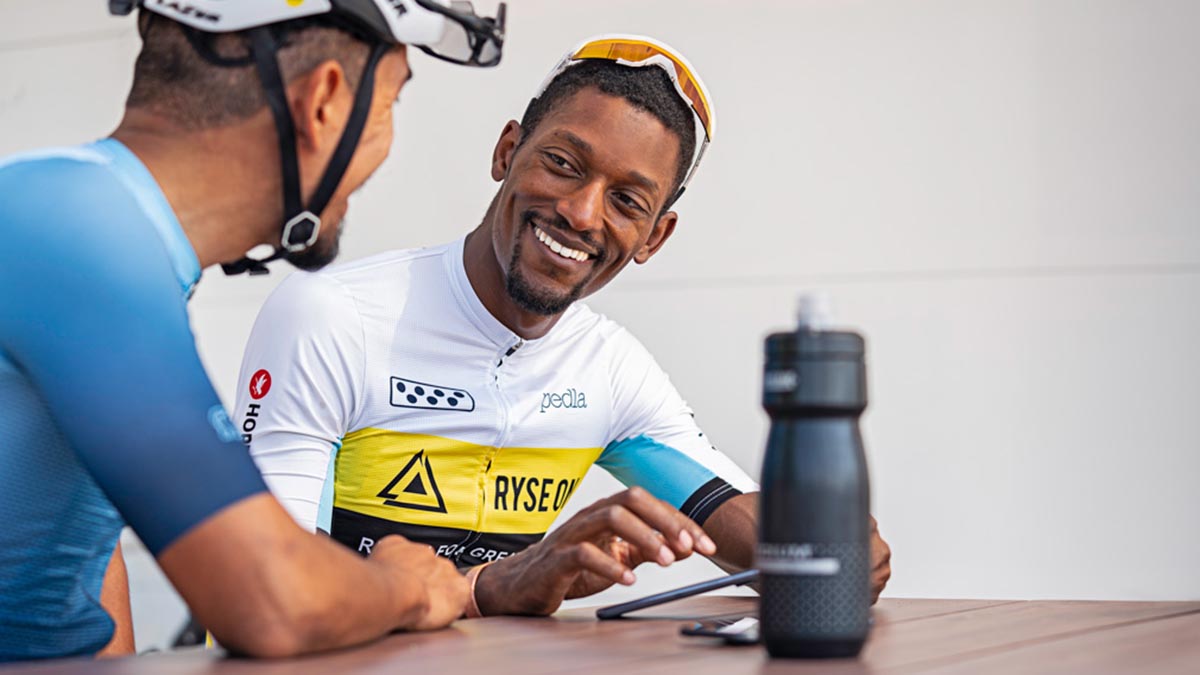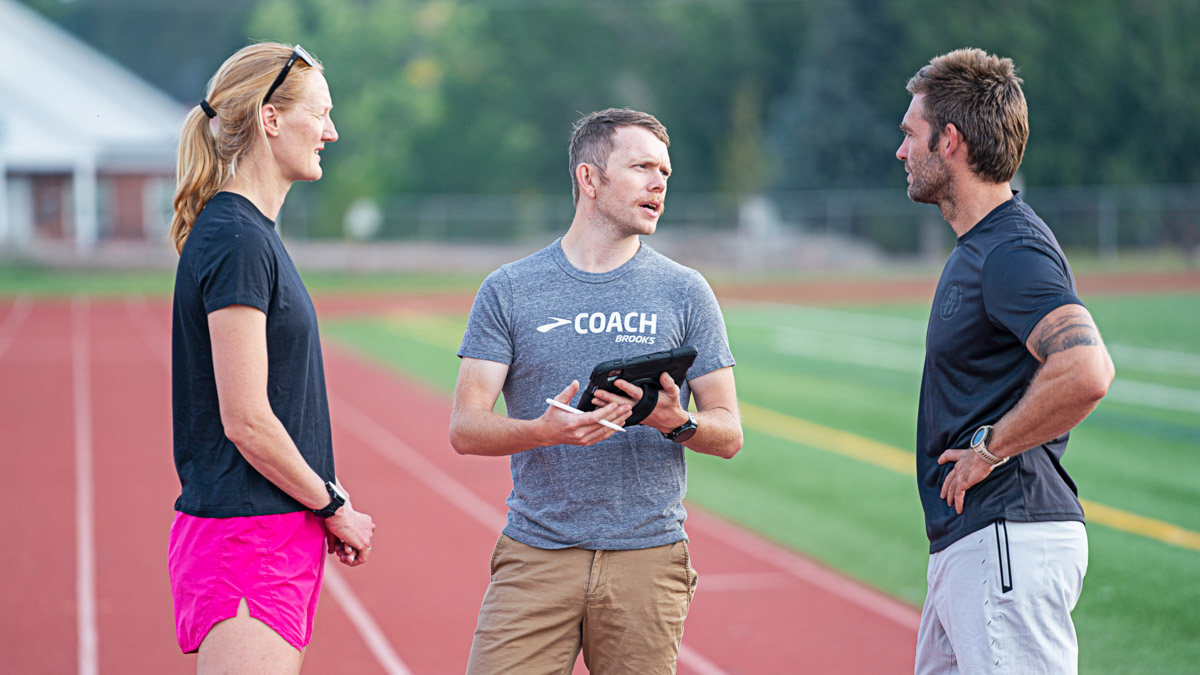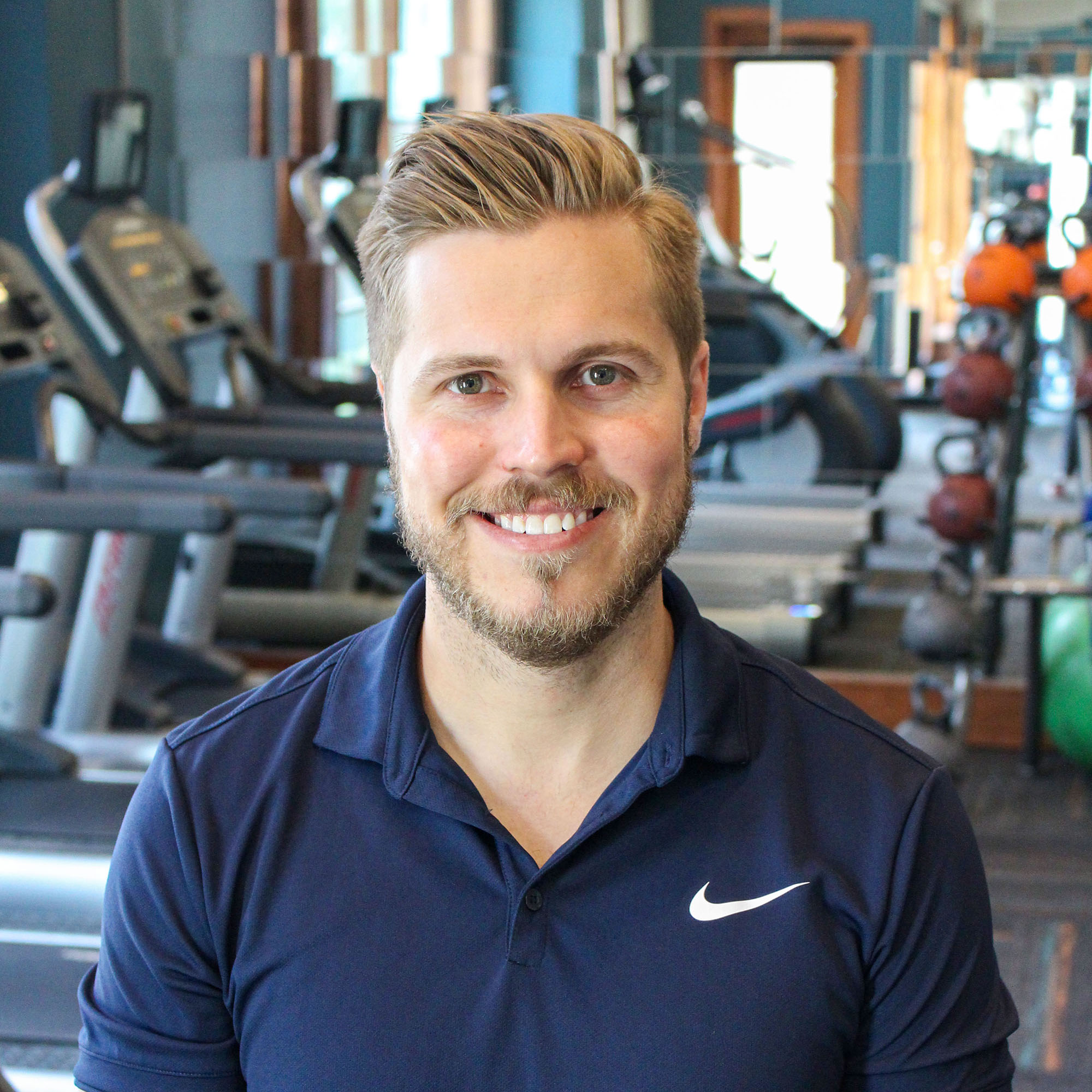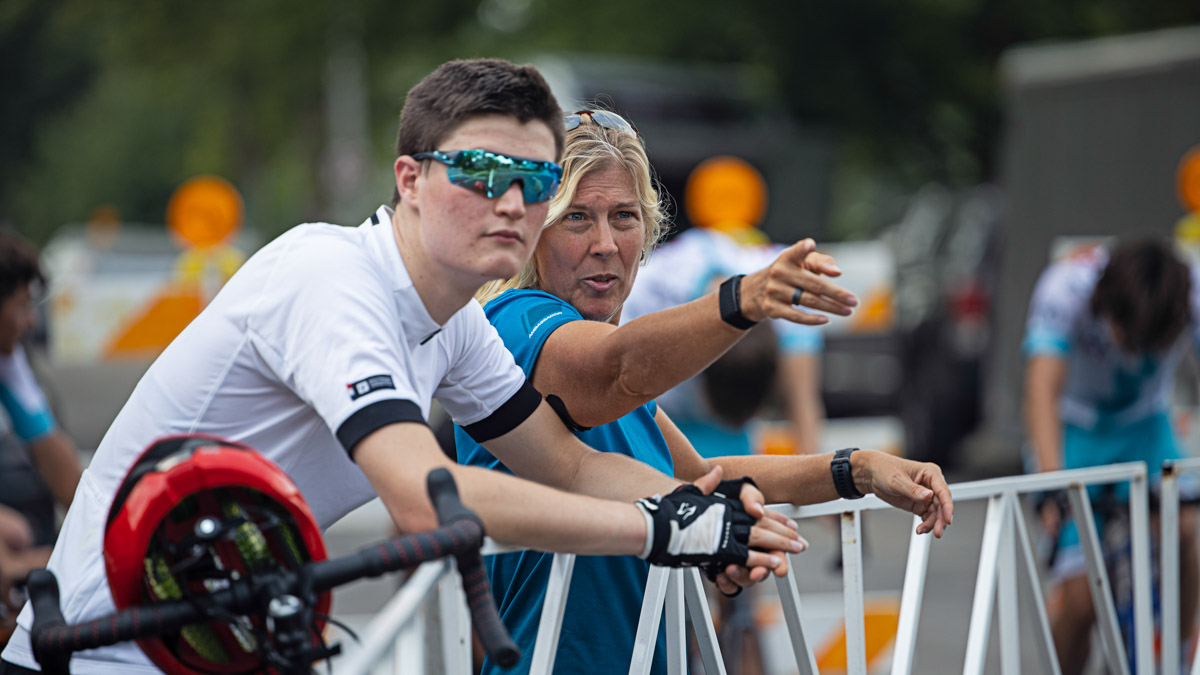An athlete is more likely to succeed when the knowledge passed down from the coach is retained by the athlete for the duration of their competitive career.
By definition, a coach is an instructor involved in the training of an athlete or team, which may include a series of coaches throughout an athlete’s career or a collaborative group of specialized coaches (trainer, psychologist, nutritionist, skills, etc.) working simultaneously with an individual athlete or team.
This is similar to our education system, where a student accumulates knowledge from multiple instructors throughout elementary school, middle school, high school, and college to advance the student’s future career.
Unfortunately, the concept of an instructor lineage in athlete development is under-utilized in the highly competitive market of endurance coaching, where coach-athlete relationships are often perceived as exclusive agreements in which shared knowledge is restricted.
However, is a limited coach-athlete relationship in the best interest of the athlete’s long-term development? In reality, due to the complex nature of the highly technical sports of cycling and triathlon, an athlete is likely to benefit from more than one coach during their career, with each coach providing collective contributions to the long-term development and success of an athlete.
Coaching Lineage Defined
Coaches often gravitate toward a specific context, or focus area, based on their effectiveness and expertise, which in turn, defines the type of athlete they work with (Côté & Gilbert, 2009). The coaching context is often categorized by age and/or competitive categories, namely chronological age (biological), skeletal age (physical development), training age (sports participation), and sport-specific training age, in addition to the more traditionally recognized categories of amateur and elite competition (Balyi, Way, & Higgs, 2013).
Coaches who gravitate toward working with elite athletes may not have the patience to work with a beginner athlete who requires more fundamental skills; whereas a coach who excels at working with early development athletes may not have the competitive knowledge to most effectively train an elite athlete.
As a result, a natural coaching lineage evolves for athletes as they transition from a beginner to an elite competitor. While coaches and athletes should always establish long-term competition goals, the primary training focus should always be within the context of the current age and competitive category to prevent gaps in skills and physical development. These gaps would prove detrimental to an athlete as they ascend to the elite and professional ranks.
This essential process is often rushed when a coach identifies an endurance athlete with superb physiological capacities, such as a high VO2max or lactate threshold. For example, in women’s cycling and Olympic distance triathlon, inadequate skills training on the bike will consistently limit performance at the elite and professional levels no matter how large the aerobic engine of an athlete may be.
In this instance, an athlete may benefit from multiple coaches who work together to assure that both the skills and physiology progress together. This type of collaborative effort is extremely valuable to an athlete but requires open communication and constant contact between coaches to efficiently organize training sessions that effectively result in improvements for the athlete.
The Importance of Communication Between Current and Past Coaches
As an athlete transitions between coaches during development, interpersonal communication between athletes and coaches is critical, primarily to avoid errors that may have been made in the past. For example, neglecting an athlete’s prior training history can result in overtraining if a new coach prescribes a training load that is significantly higher than what the athlete completed in the past.
In some extreme cases, a coach may prohibit an athlete from maintaining possession of their training record (e.g., a TrainingPeaks athlete account) or even discussing their former training program, making it impossible for an athlete to share their prior training history as they transition to a new coach.
By doing so, a coach violates one of the 10 key qualities of a great sports coach established by the International Olympic Committee (IOC). The IOC states that a great coach shares knowledge and educates others, reaffirming the aforementioned role of the coach as an instructor. In addition, the IOC states that having the confidence to share and seek others’ views is critical and that the “best coaches clearly understand that they are there to educate the athletes.”
A Cooperative Coaching Lineage
In summary, establishing a cooperative coaching lineage is becoming increasingly more common among endurance sports and provides a much more solid foundation for athlete development. Coaches are most effective within a context or phase of athlete development that aligns with their knowledge and athletes’ outcomes.
In turn, athletes benefit the most when this knowledge is retained and transferred to concurrent or future coaches. Coaches should always remind themselves that they are educators to athletes first and foremost.
The knowledge, skills, and physical development retained by the athlete from a coaching lineage significantly contribute to the long-term development and success of the athlete’s career.
